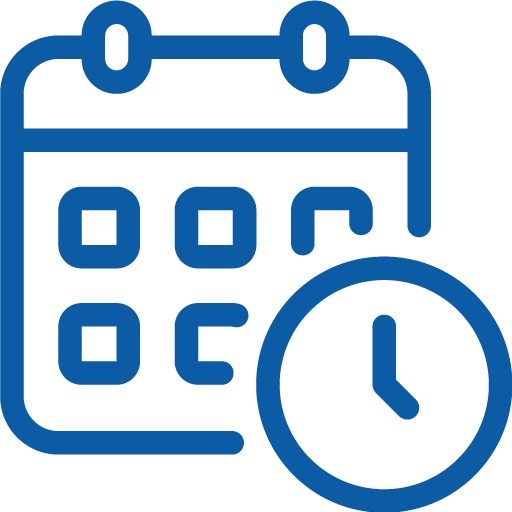
Why Is It Important to Preserve Muscle as You Get Older?
Sarcopenia is the progressive loss of muscle mass and function that occurs as a natural part of aging. It affects about 5% to 13% of people aged 60 to 70, and up to 50% of people who are 80 or older.
Strong muscles help you carry groceries, climb stairs, swing a golf club, and get out of a chair. They harvest oxygen and nutrients from the blood more efficiently than weak muscles, and burn more calories without even trying, which helps with weight control.
Getting older is a major (and unavoidable) cause of muscle loss, but other factors that can affect muscle mass include inactivity, obesity, insulin resistance, malnutrition, and inadequate protein intake. Conditions including cancer, liver disease, kidney dysfunction, and metabolic disorders are also linked with loss of muscle mass.
As you age, the number and size of your muscle fibers shrinks, causing your muscles to thin, or atrophy. At the same time, your body starts producing fewer of the proteins your muscles need to grow, causing your muscle cells to get smaller.
Strength training: Building muscle through exercise
You can build stronger muscles by strength training, which uses resistance (like body weight, free weights, elastic bands, or specialized machines) to build muscle, or by power training, which focuses on both strength and speed. Ideally, you’d do a combination of both, as they help build and maintain muscle and can also bolster your bones by stimulating them to get stronger.
On the flip side, people who don’t do strength training as they age can expect to lose four to six pounds of muscle every 10 years — and that muscle is often replaced by fat.
Building muscle through proper nutrition
It’s easier to build muscle when you’re eating enough of the right foods. Most people know that you need quality sources of protein in your diet to help build lean muscle mass, but you also need carbohydrates for energy, and healthy fats such as olive oil, avocados, nuts, and fatty fish to help supply energy to muscles.
Preserving muscle mass as you age is crucial to helping you stay strong, balanced, and independent.
Gaining and maintaining muscles have some benefits, such as improving your heart health, helping to control your blood sugar, improving cholesterol levels, and helping to keep weight within a healthy range. It can also improve longevity, with one study finding that middle-aged adults who did just one to three strength workouts a week were 40% to 70% less likely to have a heart attack or stroke. And, because weight and power training helps strengthen the muscles around your joints, it can expand range of motion in joints, and help prevent or ease lower back pain. Finally, a strength or power training session can even boost your mood, which is in itself a pretty good reason to hit the weights with regularity.




